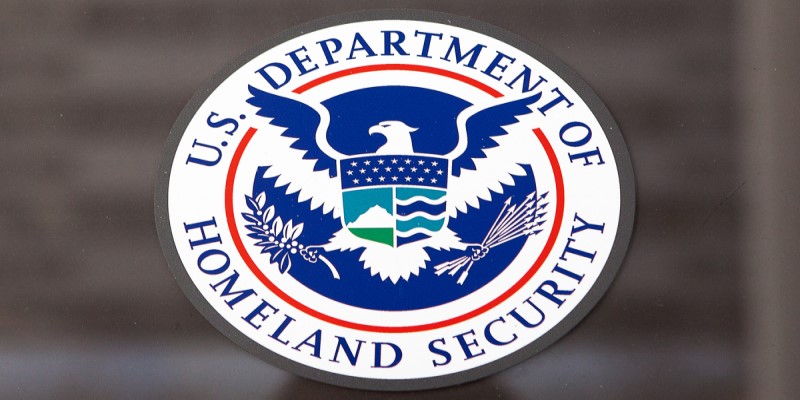
By Anayat Durrani
With the New Year in full swing, there’s some movement on the EB-5 front. The Department of Homeland Security (DHS) today filed an unopposed motion to dismiss its appeal to the Behring Regional Center lawsuit.
The appeal was filed in August 2021 by Alejandro N. Mayorkas, Secretary of Homeland Security; Tracy Renaud, Acting Director, U.S. Citizenship and Immigration Services; Edie Pearson, USCIS Policy Branch Chief of the Immigrant Investor Program Office.
In Behring Regional Center v. Wolf case, the Behring Regional Center and the Greenberg Traurig law firm got the courts to disallow implementation of the EB-5 Modernization Rule, which reversed the required investment amount from $900,000 back to $500,000.
“The decision to dismiss the appeal provides clarity that all the direct EB-5 cases filed with the reduced amount of $500,000 are approvable and the prior rules on targeted employment areas are in force,” said Bernie Wolfsdorf, former President of the American Immigration Lawyers Association.
What the DHS dismissal means for the EB-5 industry
Judge Jacqueline Scott Corley issued a ruling on the Behring Regional Center lawsuit in June 2021, which found former Homeland Security Secretary Kevin McAleenan not lawfully serving in his position when he established the EB-5 Final Rule. The EB-5 Modernization Rule increased the minimum investment amount from $500,000 to $900,000 if the project is located in a Targeted Employment Area (TEA) and from $1 million to $1.8 million if outside of a TEA.
Michael A. Harris, Esq., immigration lawyer for HarrisLaw, P.A. says the withdrawal of the DHS appeal of the Behring lawsuit means that EB-5 investors and the industry will be waiting to see if one of two things happens.
One of those is whether USCIS “promulgates new regulations which increase the minimum investment amount, provide new standards for determination of a TEA project location, and other integrity reform measures for investors, regional centers and projects,” he said. He says a prior regulation allowed for displaced EB-5 investors to preserve their priority date when re-filing due to a failed project, and added, “How will USCIS address this scenario and others in the future?”
He says the other possibility is if Congress passes new legislation codifying the regulations that USCIS sought to create.
“Whether this also includes a revival of the EB-5 Regional Center Program and other changes is uncertain at the moment. There have been proposed changes to the EB-5 Program since 2015, but so far Congress has not passed any of them,” says Harris.
Impact on EB-5 investment amount and reauthorization
The current minimum investment of $500,000 and state-determined high unemployment TEA designations may stay unchanged for months, Harris said.
The news of DHS filing an unopposed motion to dismiss its appeal to the Behring Regional Center lawsuit is welcome news in the interim.
“This is huge for the EB-5 direct program, and when Congress reauthorizes the Regional Center program, hopefully next month, we are going to see demand for EB-5 skyrocket,” said Wolfsdorf.
DISCLAIMER: The views expressed in this article are solely the views of the author and do not necessarily represent the views of the publisher, its employees. or its affiliates. The information found on this website is intended to be general information; it is not legal or financial advice. Specific legal or financial advice can only be given by a licensed professional with full knowledge of all the facts and circumstances of your particular situation. You should seek consultation with legal, immigration, and financial experts prior to participating in the EB-5 program Posting a question on this website does not create an attorney-client relationship. All questions you post will be available to the public; do not include confidential information in your question.








